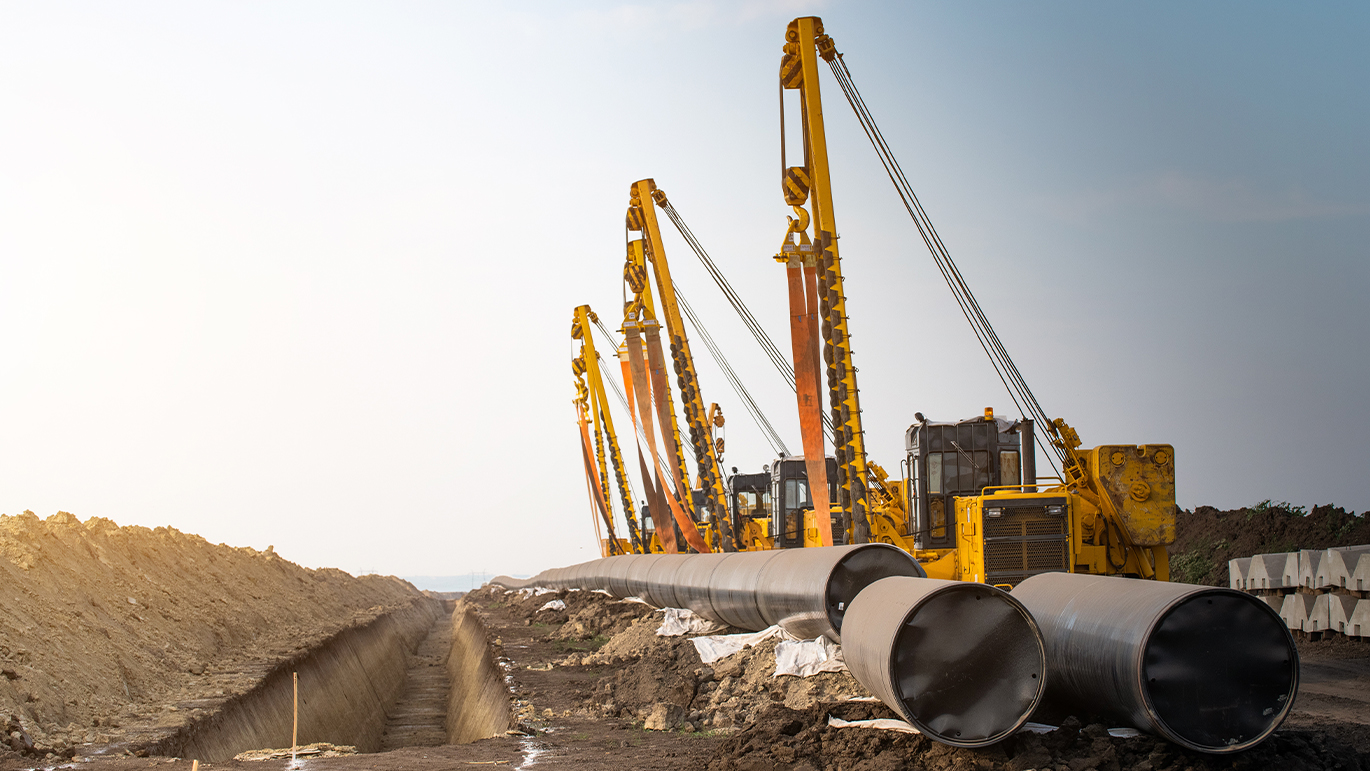We’ve been using Advanced Work Packaging and Workface Planning for a decade now. What have we learned?
Advanced Work Packaging (AWP) was born in the Canadian oil patch, just after the turn of the century. There, in the sprawling snow-covered oilsands, forward-thinking members of the Construction Owners Association of Alberta started to articulate a new way of thinking about capital project development, a game-changing paradigm shift that put construction needs at the heart of every decision. The industry had a powerful financial incentive for change: construction crews were spending less than 40% of their time on tools, and companies were losing millions.
In 2009, the COAA partnered with CII to form a research committee, the first formal effort to codify these new ideas (I was on this committee for three years). Word of this innovative approach spread fast, with early adopters implementing Workface Planning and early forms of AWP in the years that followed. In 2013, CII published IR-272 in 2013 — I was a member of the team that wrote it — and by 2015 AWP was officially considered best practice. That same year, I founded the AWP Institute.
We can’t say precisely when AWP started, it’s safe to say we’ve been on the construction-driven planning and execution path for a decade at this point. What have we learned so far?
1 | Owners Must Lead Implementation and Change
We’ve seen many EPC companies implement Advanced Work Packaging over the past decade, some at the corporate level, others at the regional and even office level. Today we can say with confidence that in most cases, the transition to Advanced Work Packaging is most effective when the Owner not only mandates AWP, but also invests in capacity-building and integrates construction-driven planning into the stage-gate system. In short: Efforts led by informed, committed leaders at the highest levels are the ones that meet with the greatest success.
2 | Honesty is a Critical Component of Success
Advanced Work Packaging is all the rage, and it’s tempting for Owners and contractors to adopt a “fake it ‘till you make it” approach. Resist the temptation. Many have learned the hard way that it does not serve anyone when EPC contractors claim to have AWP capabilities they do not have. Similarly, nobody wins when Owner companies demand that AWP be applied on a project without understanding how that requirement will impact the work as a whole.
AWP is not a marketing gimmick or a fancy turn of phrase; baiting with AWP and switching to a traditional approach is a recipe for confusion, inefficiency, and failure. At Concord®, we encourage both Owner and contractor companies to be honest and transparent about their knowledge and capacity when it comes to AWP. There is no shame in embarking on a journey of collaborative learning and change together; in fact, those who are honest and who work together are far more likely to succeed.
Baiting with AWP and switching to a traditional approach is a recipe for confusion, inefficiency, and failure.
Olfa Hamdi Tweet
3 | AWP Requires Unique Technology
When it comes to AWP technology, we know two things. First, we know that the right technology is key to large-scale implementations. Second, we know that the best technology is purpose-built for AWP. Advanced Work Packaging is a business function in and of itself, and it requires technology designed to support that business function. Using your 3D Digital Twin technology to manage your Advanced Work Packaging systems is like using your project management software to do your accounting — sure, they both contain a lot of the same information, but you can’t keep accurate and useful accounting records in software that is not designed for that purpose. The solution: buy technology for your digital twin, buy technology for AWP, then integrate.
4 | Culture Eats AWP Implementation for Breakfast
It’s an old saw, but a sharp one. If we’ve learned one thing over the past 10 years, it is that leaders vastly underestimate how much their teams will have to learn and change in order to implement Advanced Work Packaging effectively.
There is good reason why so many books are written about change management, and why universities devote entire courses and programs to it. Smart companies sit down with a specialist to systematically assess AWP readiness before they start, so they can identify the steps they need to take to prepare their people, teams and systems. Implement proven strategies to navigate resistance to change and avoid conscious or subconscious sabotage — it’s critical to success!
5 | Fight Initiative Fatigue
When the number of initiatives increases while time, resources, and emotional energy stay the same, then each new initiative — no matter how well-conceived or well-intentioned — will receive fewer minutes, dollars, and ounces of emotional energy than its predecessors. This is the Law of Initiative Fatigue, and it operates in every business. Keep piling on the change, and your employees will start saying things like “here we go again” — and that’s a death knell for your company. If you’ve been putting your organization through a host of change initiatives – growth, technology, human resources, operational excellence — make sure you’ve figured out how they integrate with AWP before you begin the move to a construction-driven project execution strategy.
6 | Advanced Work Packaging Works
Construction-driven project planning and execution works. Companies who successfully implement AWP, workface planning, Predictability Thinking™ and supporting strategies report better outcomes than those who stick with traditional approaches. While academic research is still difficult to come by, the anecdotal evidence is clear: moving to a construction-driven project delivery model is worth it.
If you’re ready to take the first — or next — step in your Advanced Work Packaging journey, contact Concord® today!


